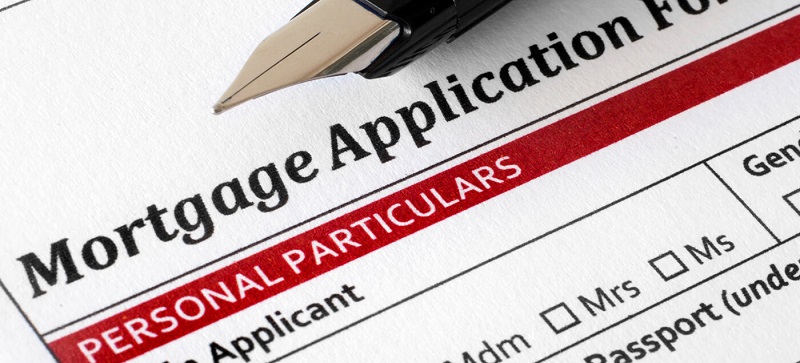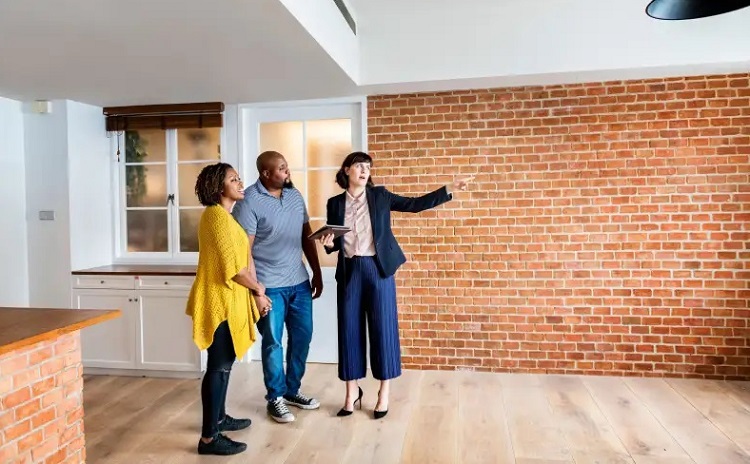Key Takeaways
- Melbourne is projected to reach a population of 9 million by 2050, surpassing Sydney to become Australia’s largest city.
- This growth will necessitate 1.6 million new homes, 1.5 million new jobs, and infrastructure capable of supporting 10 million daily trips—an 80% increase.
- Amidst media hype and political posturing, investors need clarity and strategic thinking to capitalize on this once-in-a-generation opportunity.
Imagine a Melbourne the size of New York City. This isn't a far-fetched idea; it's the trajectory we're on. By 2050, Melbourne’s population is forecasted to swell to 9 million, making it not just Australia’s most populous city but also one of the world’s most dynamic urban economies.
The Growth Drivers
Melbourne’s growth is unstoppable and strategically planned. According to the original Plan Melbourne 2017–2050, the city’s population was forecasted to leap from 4.5 million to at least 8 million by 2050. However, more recent updates suggest we’re now on track to hit the 9 million mark, overtaking Sydney much sooner than anticipated. Victoria’s total population is set to top 10 million by 2051.
The key drivers of this growth include:
- A surge in overseas and interstate migration.
- Natural population growth.
- Melbourne’s appeal as a livable city with strong job prospects and international education opportunities.
Housing and Infrastructure Needs
To accommodate this influx, Melbourne will need 1.6 million new homes and 1.5 million new jobs. The city’s transport network will need to cater to around 10 million more trips a day—an increase of over 80%. This will require vastly expanded infrastructure and a reimagined urban form to protect its livability and sense of community.
Where Will All These People Live?
The Plan Melbourne strategy aims to contain urban sprawl by channeling growth into:
- Urban renewal precincts (e.g., Fishermans Bend, Arden, E-Gate).
- Established inner and middle-ring suburbs (via rezoning and gentle densification).
- Strategically developed growth corridors on the city fringe (e.g., the western growth area, north of Craigieburn, and southeast beyond Clyde).
Demand will surge for properties that are:
- Close to transport and employment hubs.
- Within “20-minute neighborhoods” where daily needs are met locally.
- Located in walkable, well-serviced precincts.
Inner- and middle-ring suburbs are particularly well-positioned, especially those with lifestyle appeal, gentrification potential, and new infrastructure investments.
The 20-Minute Neighborhood Concept
To be livable, Melbourne will need to create a city of 20-minute neighborhoods. The concept is simple: enabling residents to meet most of their everyday needs within a 20-minute walk, cycle, or local public transport trip from home. While many established suburbs already have the ingredients for a 20-minute neighborhood, achieving this in new outer suburbs will be challenging due to a lack of infrastructure and public transport.
Investment Implications: A Demand Tsunami
From an investor’s perspective, Melbourne’s growth trajectory represents one of the biggest tailwinds in Australian real estate. Here’s why:
- Housing Undersupply: Building approvals are lagging behind population growth. High interest rates, increased construction costs, and builder insolvencies mean we’re not building enough. This supply crunch will worsen before it improves.
- Resilient Demand: Population growth, rental stress, and the appeal of owning in a rising market will keep demand strong.
- Rising Rents: More people chasing fewer homes will drive rents up, with vacancy rates already at near-historic lows.
- Location-Specific Capital Growth: Properties in suburbs with well-developed infrastructure, job opportunities, lifestyle amenities, and limited supply will outperform.
The Rise of Medium-Density Housing
One significant opportunity lies in medium-density housing, including townhouses, dual occupancies, and boutique apartment complexes in middle suburbs. These areas are often underutilized and primed for redevelopment, especially given growing political pressure to rezone for density and deliver housing near jobs and transport. Investors who get in ahead of this rezoning wave stand to benefit from significant value uplift.
The Victorian government is already reviewing planning schemes to encourage more development within the existing urban footprint. This strategic approach will not only support Melbourne’s growth but also provide investors with a clear path to capitalize on the city’s transformation.
In conclusion, Melbourne’s growth trajectory presents a once-in-a-generation opportunity for investors who think long term, act strategically, and focus on location-specific investments.





